Grocery Shopping 1950
You are told by promoters of the modern world that your life is so much more convenient than was your mother's or grandmother's because of all the services and consumer products available to you. Well, let's just see if that is true. Let's go on a grocery shopping adventure. Let's challenge the "good old days" and the old fashioned ways that went with them. As you head out for the store, the "Wand of Ancient Days" is waved over you and, suddenly, it is 1950. The SUV you started out in is transformed into a spiffy, new 1950 DeSoto sedan. Better take a tighter grip on that steering wheel, there is no power steering and leave just a bit of extra stopping distance because there are no power brakes, but not to worry, the car is well balanced so you will hardly notice the difference. The good news is that it has an automatic transmission, an AM radio and a heater ! .. forget about air conditioning.
Here is your 1950 DeSoto. Notice the split windshield, wing windows, heavy chrome grill and wide white-wall tires. Neat, huh ??
If you take a moment to glance at the grocery shopping list you prepared, you will see that it has been shortened. There are several reasons for this. Any milk, butter, eggs or other dairy products you needed were already delivered to your front porch early this morning by the O'Dowd's delivery truck. Any bread, rolls, buns, cakes, Danishes or other baked goods you may have wanted are removed from your list because Dugan's bakery truck already delivered those to your door. The Brookdale Soda truck has left you a case of the family's favorite flavored soft drinks, your bleach and detergents have been delivered and you have probably already selected many of the fresh fruits and vegetables you needed from the back of the farmer's market pick-up truck as it came through your neighborhood. Water ?? .. are you serious ?? .. the water supplied by the town is pure and clear. No one buys water at the grocery store ! Another consideration is that your 1950 refrigerator is smaller than your 2010 model and the "freezer" is a very small box, about half the size of one of your vegetable bins. So, you will not be buying large quantities of frozen foods. But not to worry, canned goods, preserves and dried goods are plentiful.
Your 1950 refrigerator was smaller but otherwise not so different from today's. These old units generally remained functional for 30 or more years; .. good stuff !
We are here in the early years of the "Super Market", so you will not have to. although you may still choose to, go to separate stores each for fresh butcher meats, poultry, fish or such farm produce as you could not get off of the back of that truck this morning. There were a lot of choices for Super Market shopping here in Belleville. There were four major chain stores just on Washington Avenue alone including A&P Super Market at 169 Washington Avenue just across from Town Hall, Acme Super Market at 325 Washington Avenue (Walgreen's today), Universal Food Market at 524 Washington Avenue and Food Fair Food Department Store at 554 Washington Avenue with it's magnificent view of the New York skyline from the back of their parking lot.
We will now offer you a tempting array of fine foods from these various stores at prices advertised at the time. But before you fill up your car with tons of these items because of what seems like very low prices, consider that, in 1950, a family income of $100 per week would have been a generous, middle-class income and you really didn't want to spend much more than $25 for the week's groceries. But, not to worry, you will do that easily at these prices.
A closer look at the relative prices may be needed to grasp the real difference. In 1950, a one pound loaf of manufactured white bread cost 14¢. In 2010, that same loaf of bread cost $2.79. It could be reasonably argued that the cost of the bread is the same but the value of the dollar has collapsed. Using the one pound loaf of bread as a measuring stick, your dollar today is worth 5¢ compared to 1950. Expressed in another way, your family income would have to be $2,000 a week to have the same buying power as $100 did in 1950.
Inside the store, the shopping experience was little different than today. The shopping cart was about the same, the store a bit smaller because there were no automotive, hardware or general merchandise aisles. You were not enticed to buy motor oil or beach chairs; the food store sold food. Otherwise, the store was arranged in aisles familiar to the modern shopper. The checkout was similar in appearance but lacked the modern motorized conveyor. The counter onto which you loaded your purchases was most often a smooth sheet of Masonite-like material fitted with a sliding bar and a pulling handle which the clerk used to pull your items closer to himself as he would ring up your order. The phrase "ringing up" your order came into being because a bell would ring when ever the drawer of the cash register would spring open.
We now return you to 2010. That beautiful DeSoto is transformed, wizard-style, back into your SUV which you pull into the parking lot of the Pathmark here in Belleville or perhaps the Stop & Shop in Clifton Commons. As you embark on your grocery shopping ritual, consider .. who really had the better deal, you or your 1950 counterpart ?? No doubt, the answers will vary, but it might be fun to think about it as you push the shopping cart around this week. And, not to worry about spending your dollars, they're only worth a nickel anyway.
Notable local author Anthony Buccino (left) has just published his latest book:
For more information, visit -









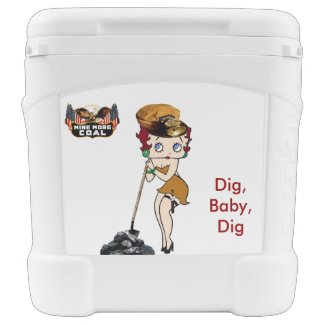
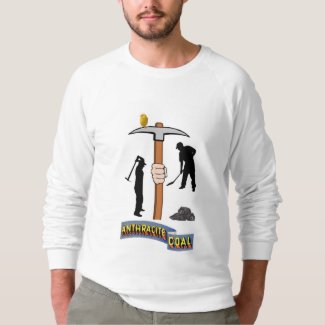

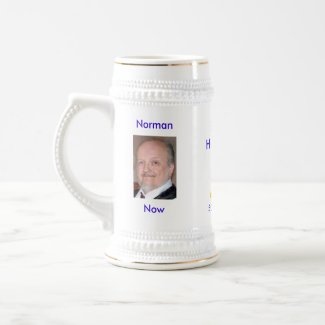

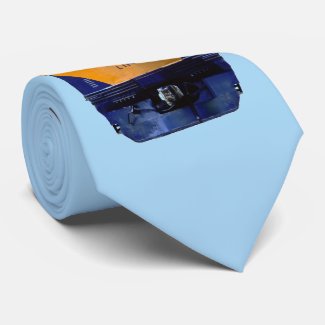
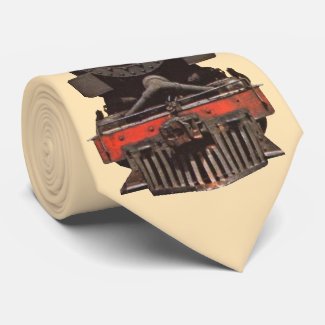







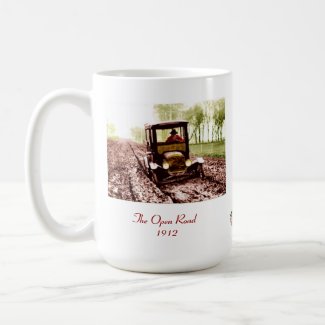
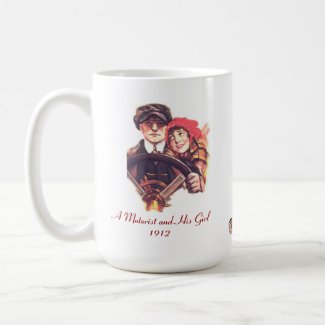
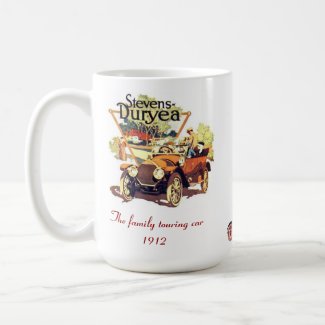
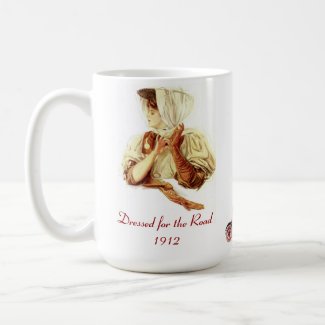
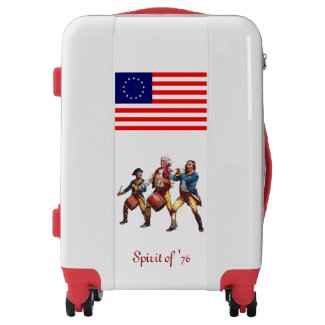

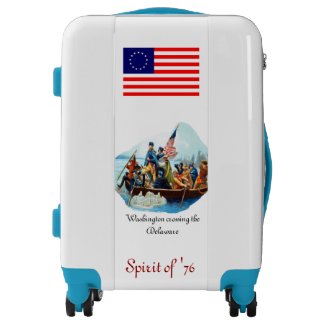
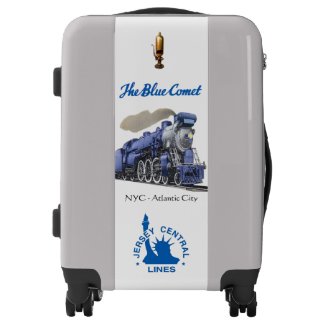
<< Home